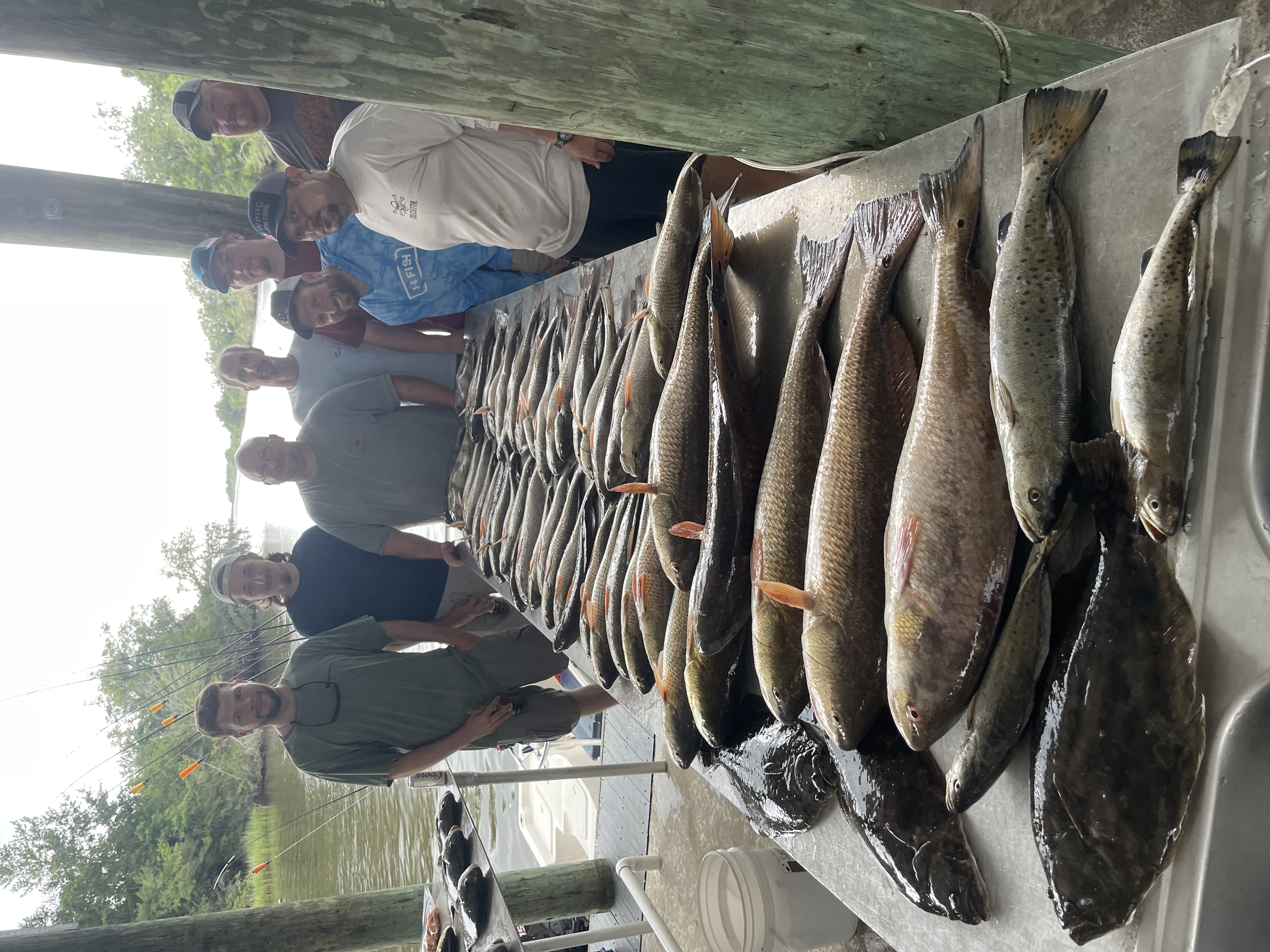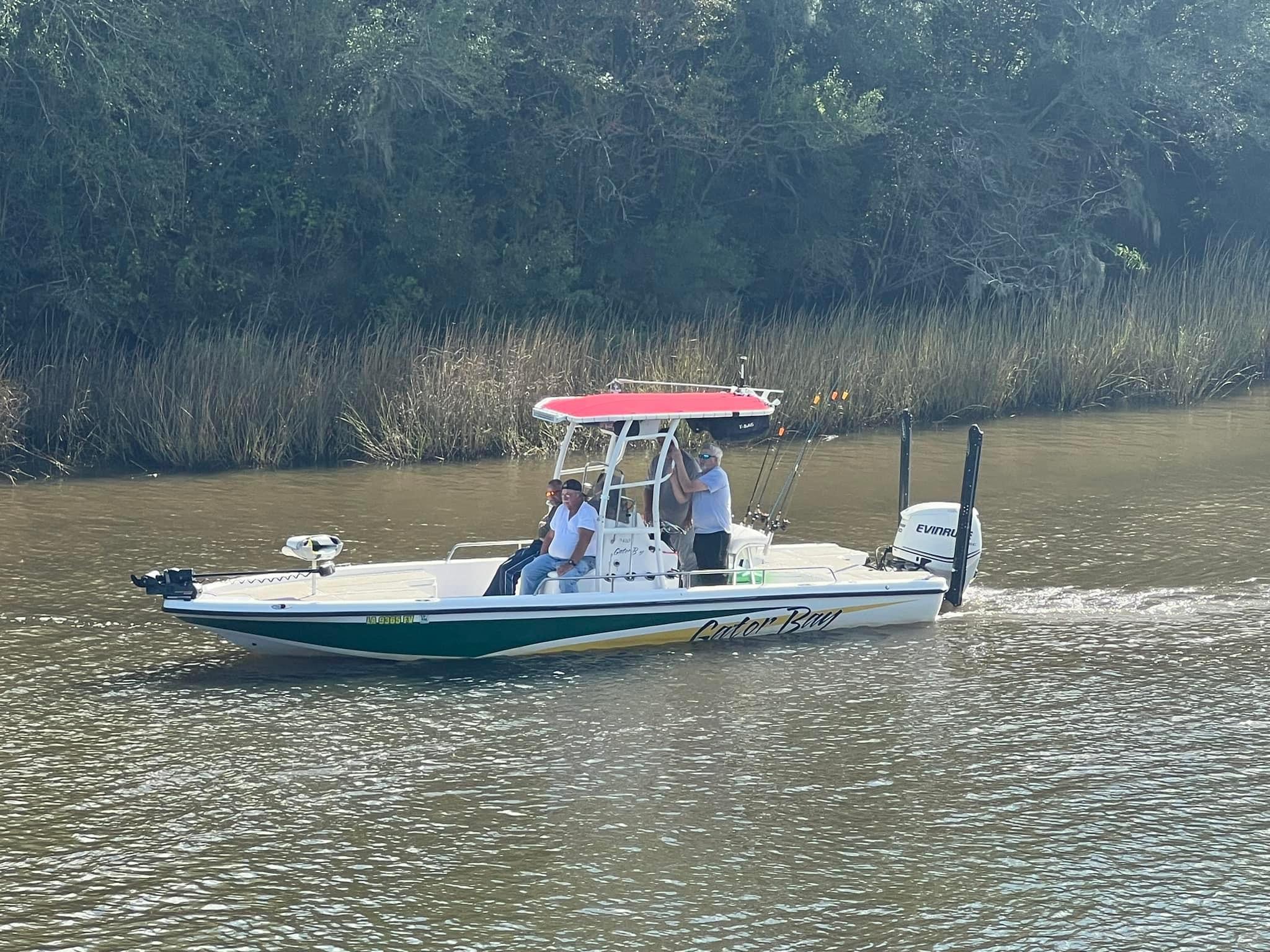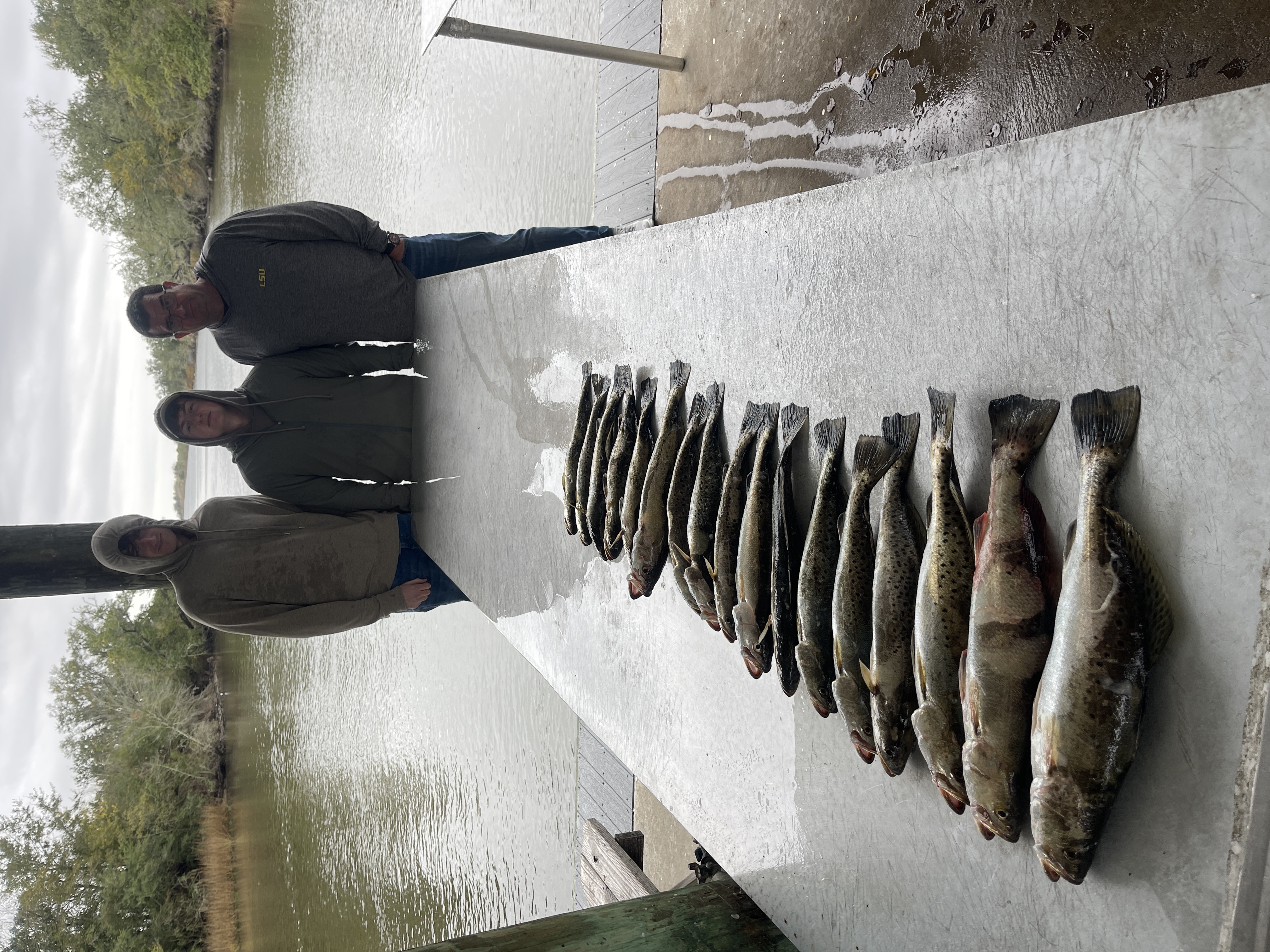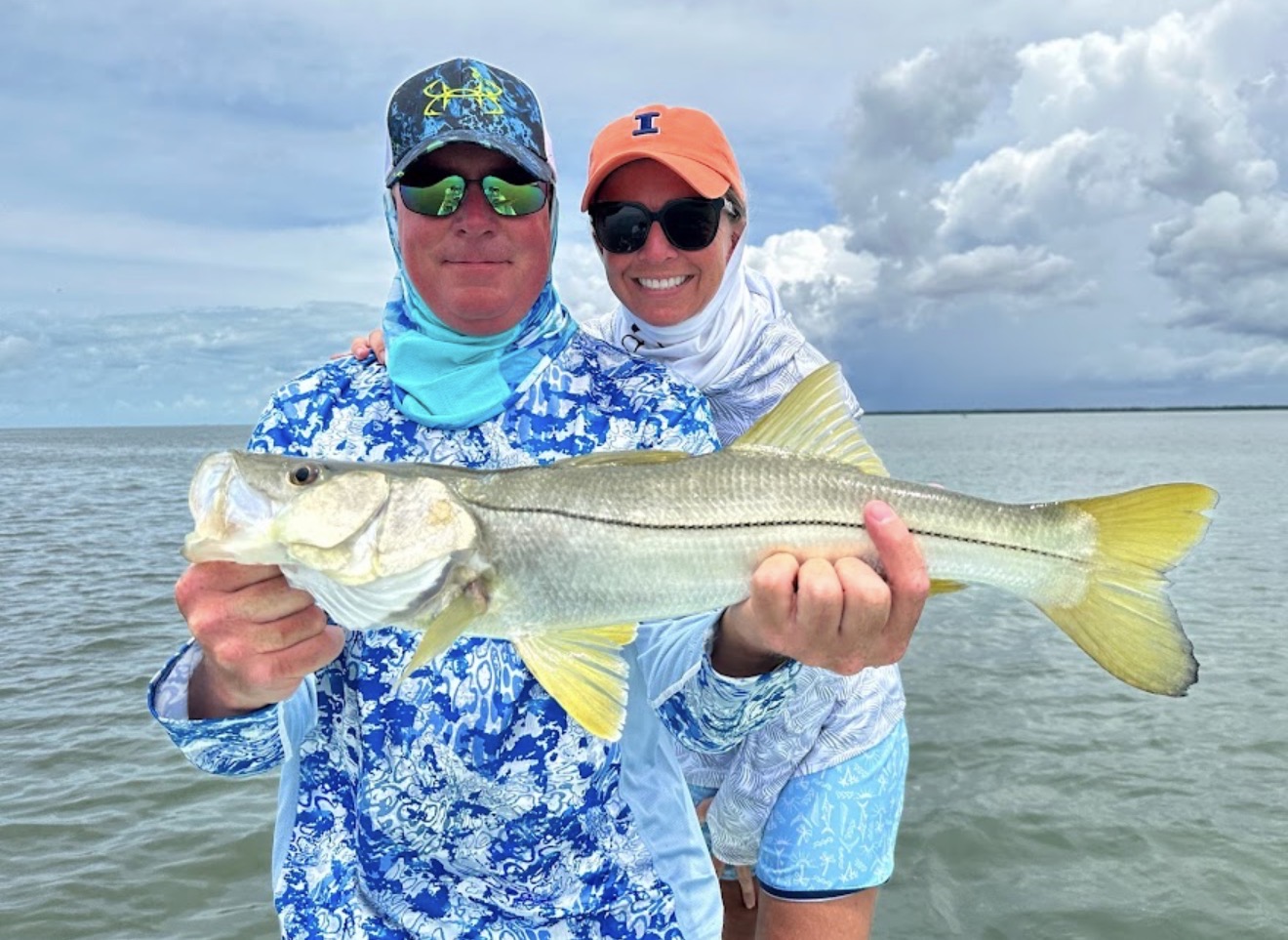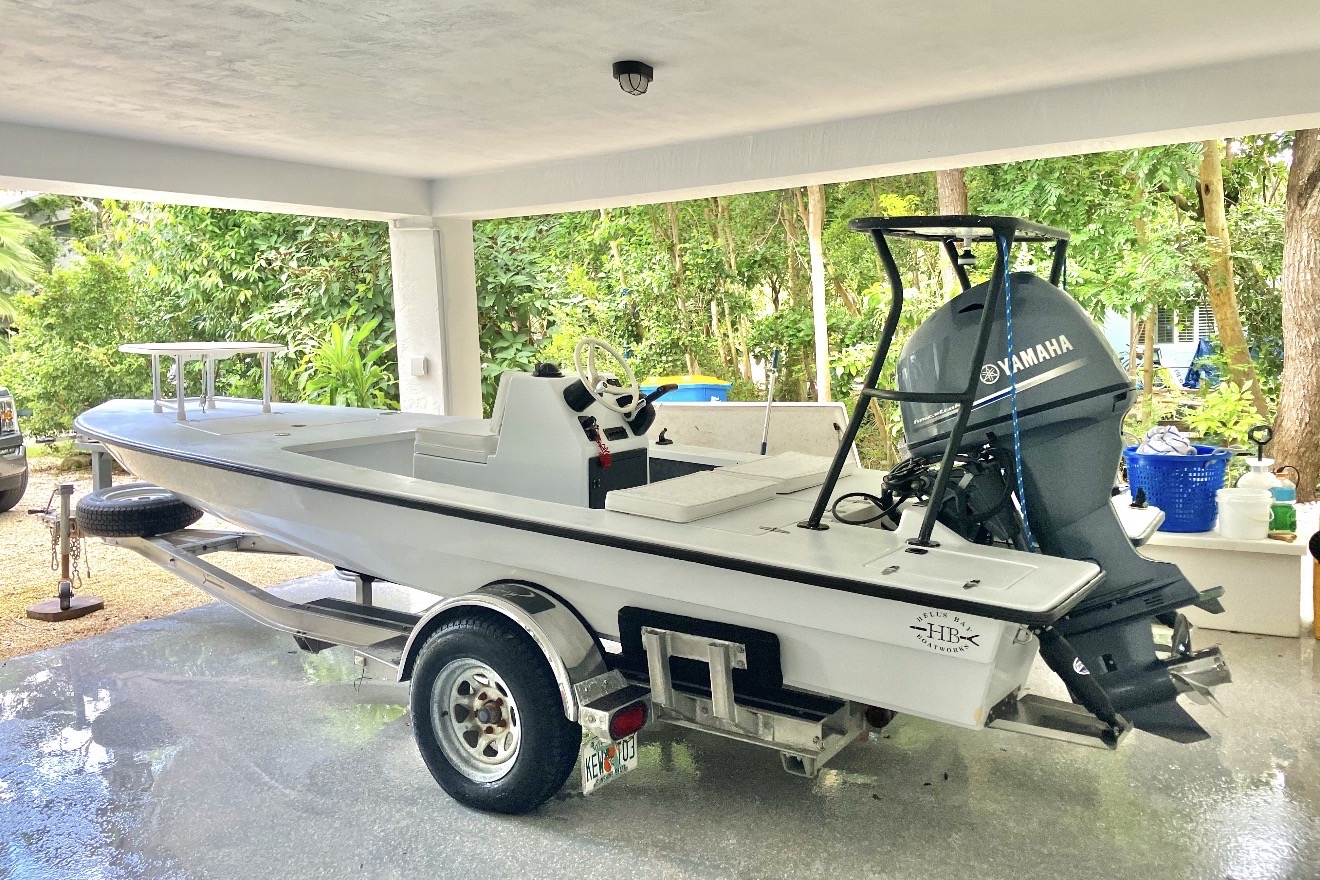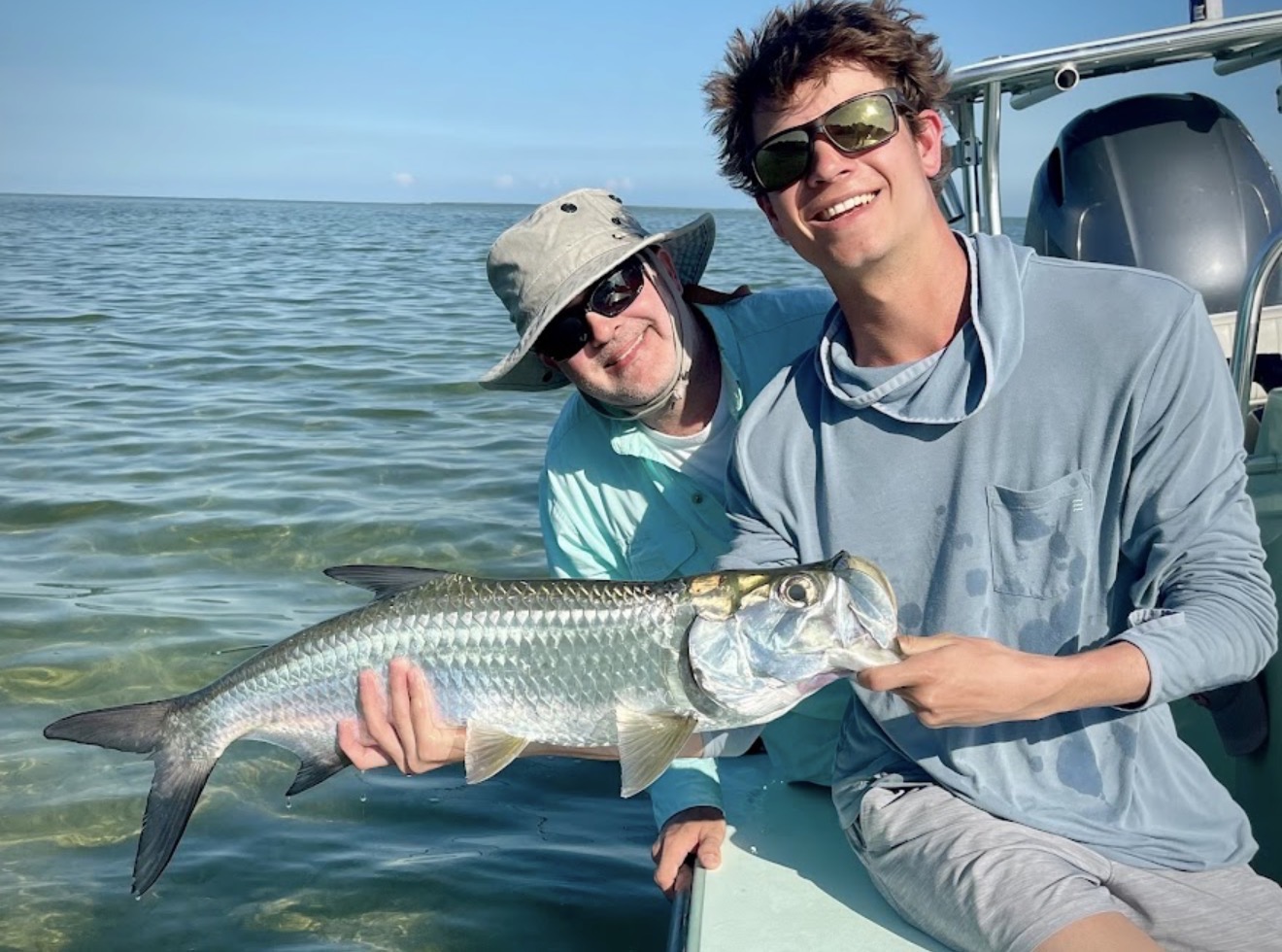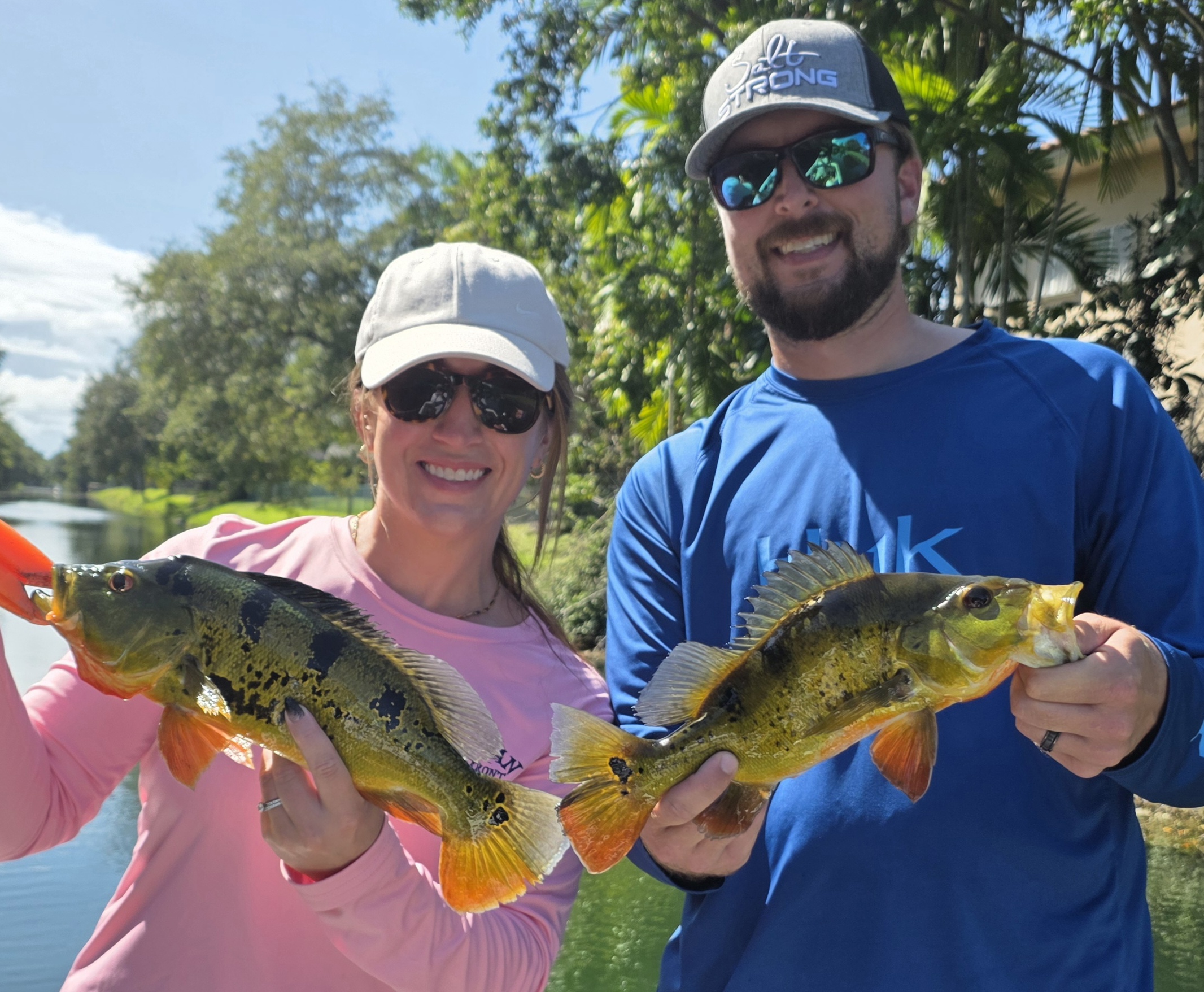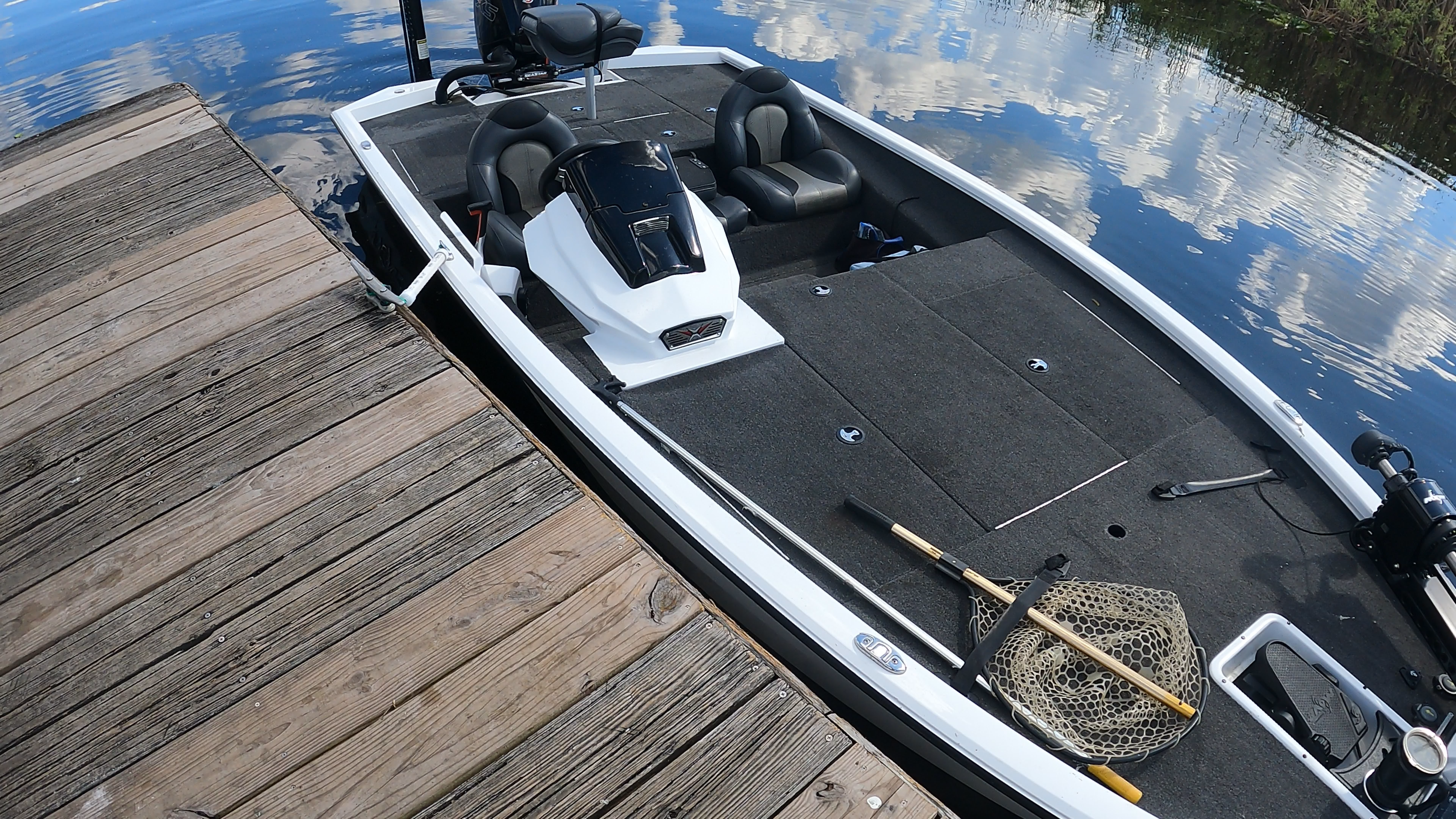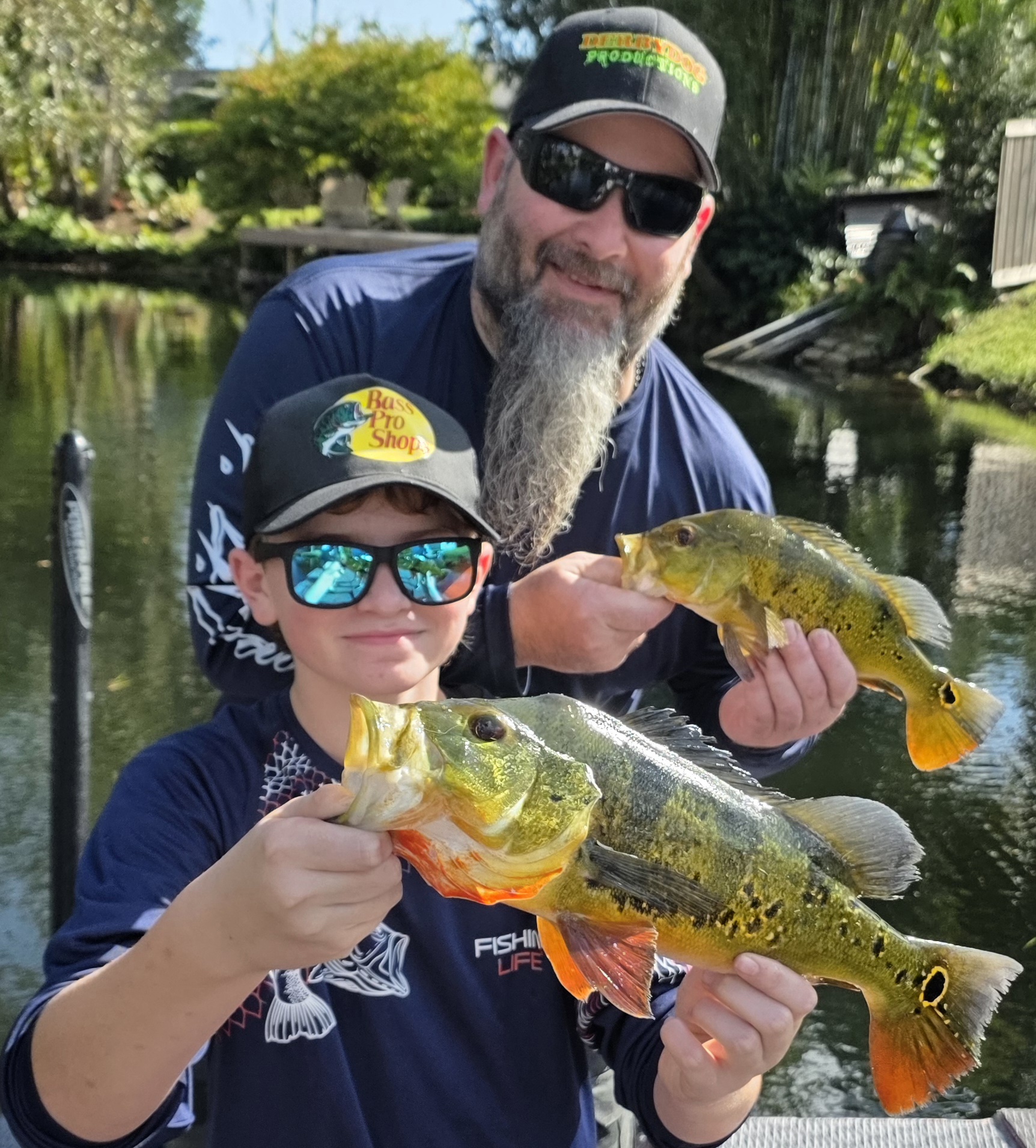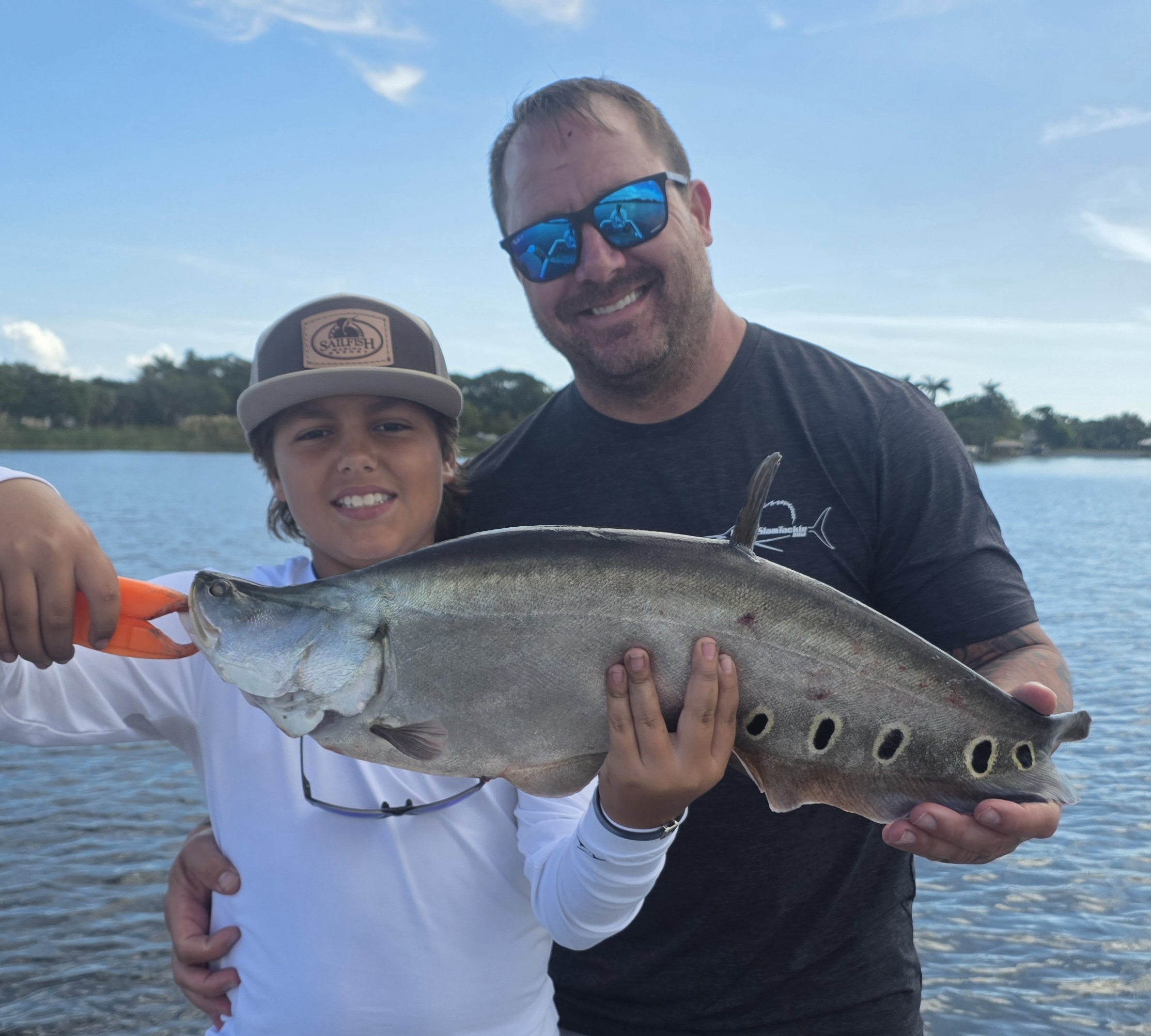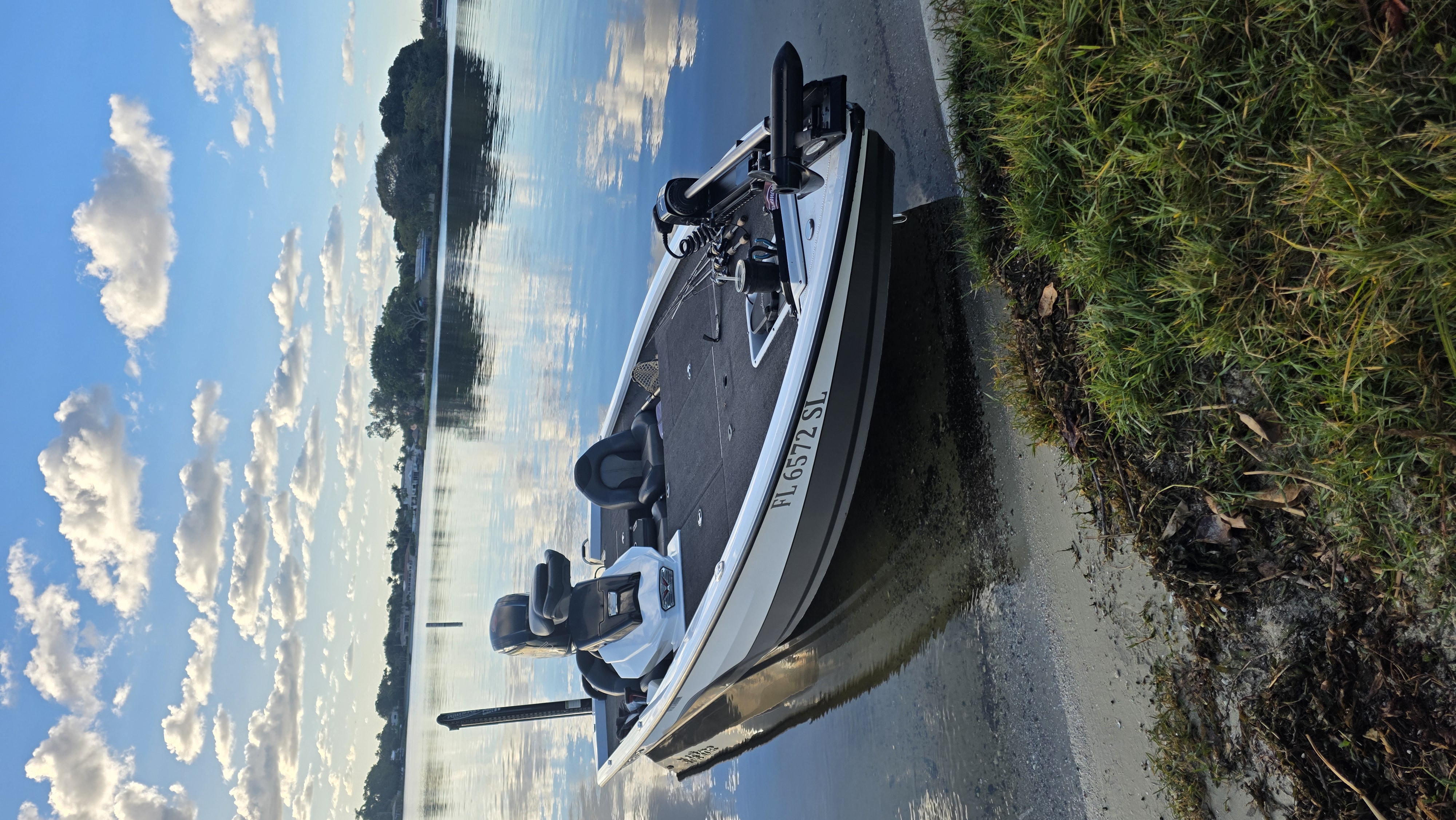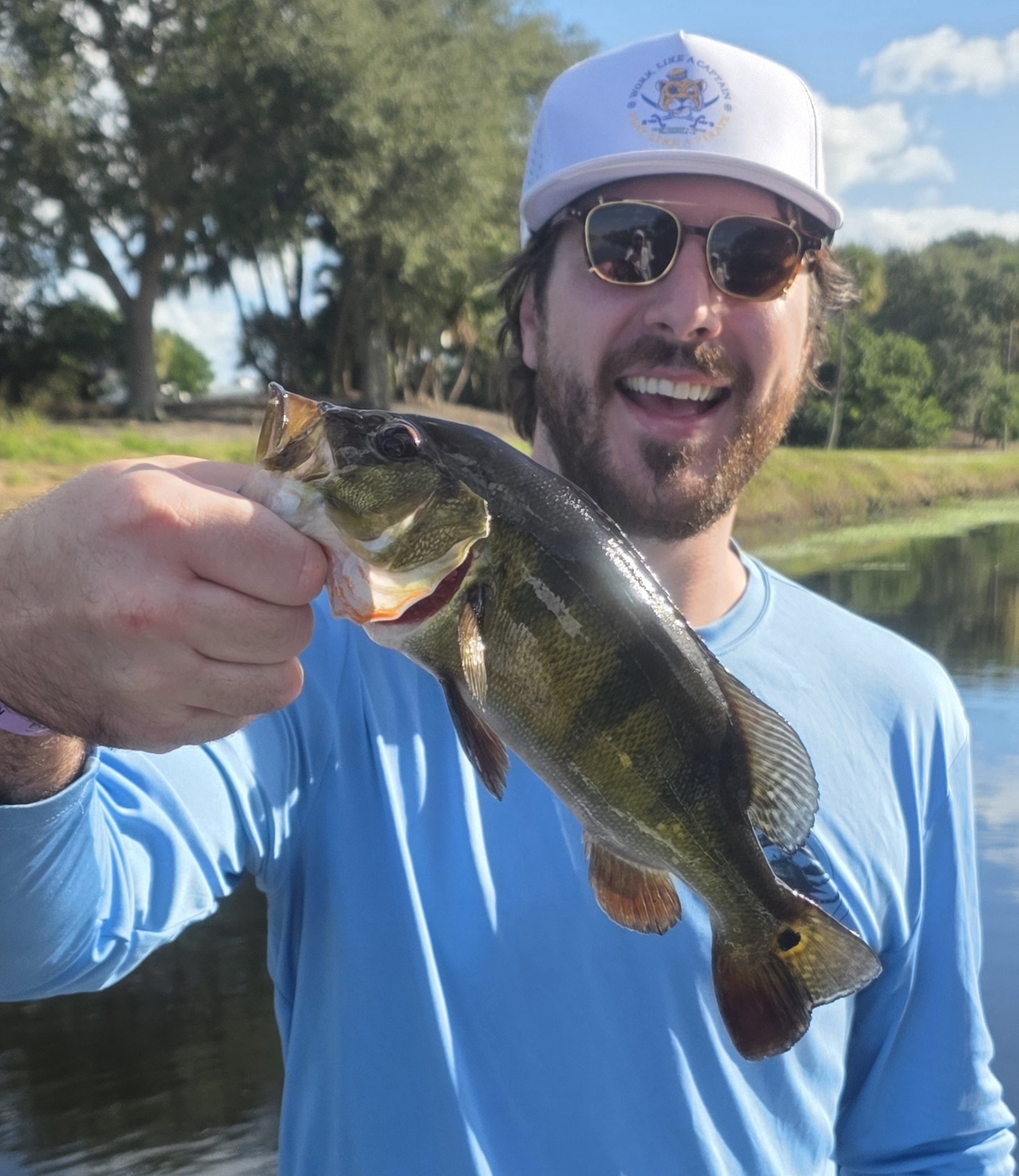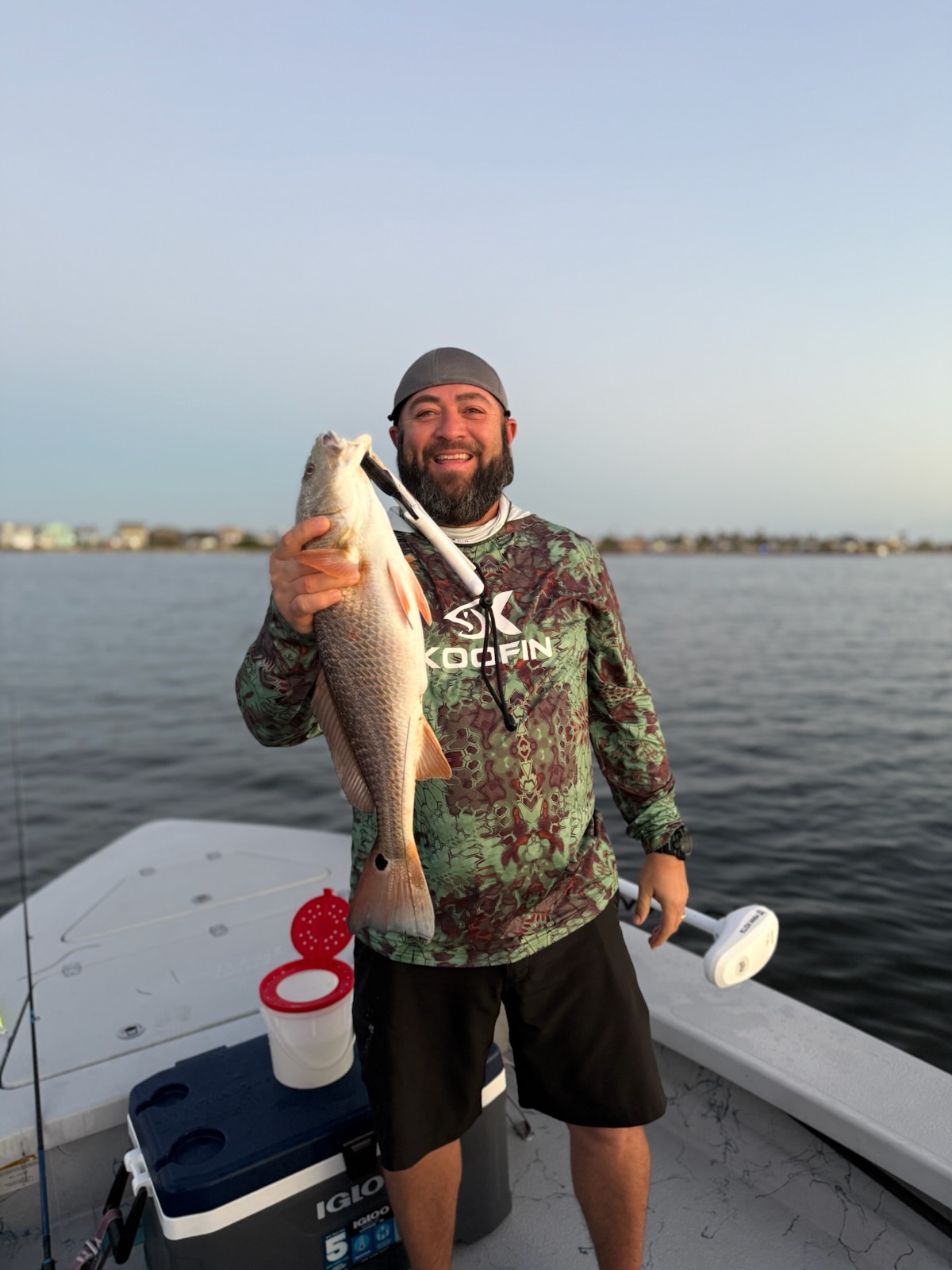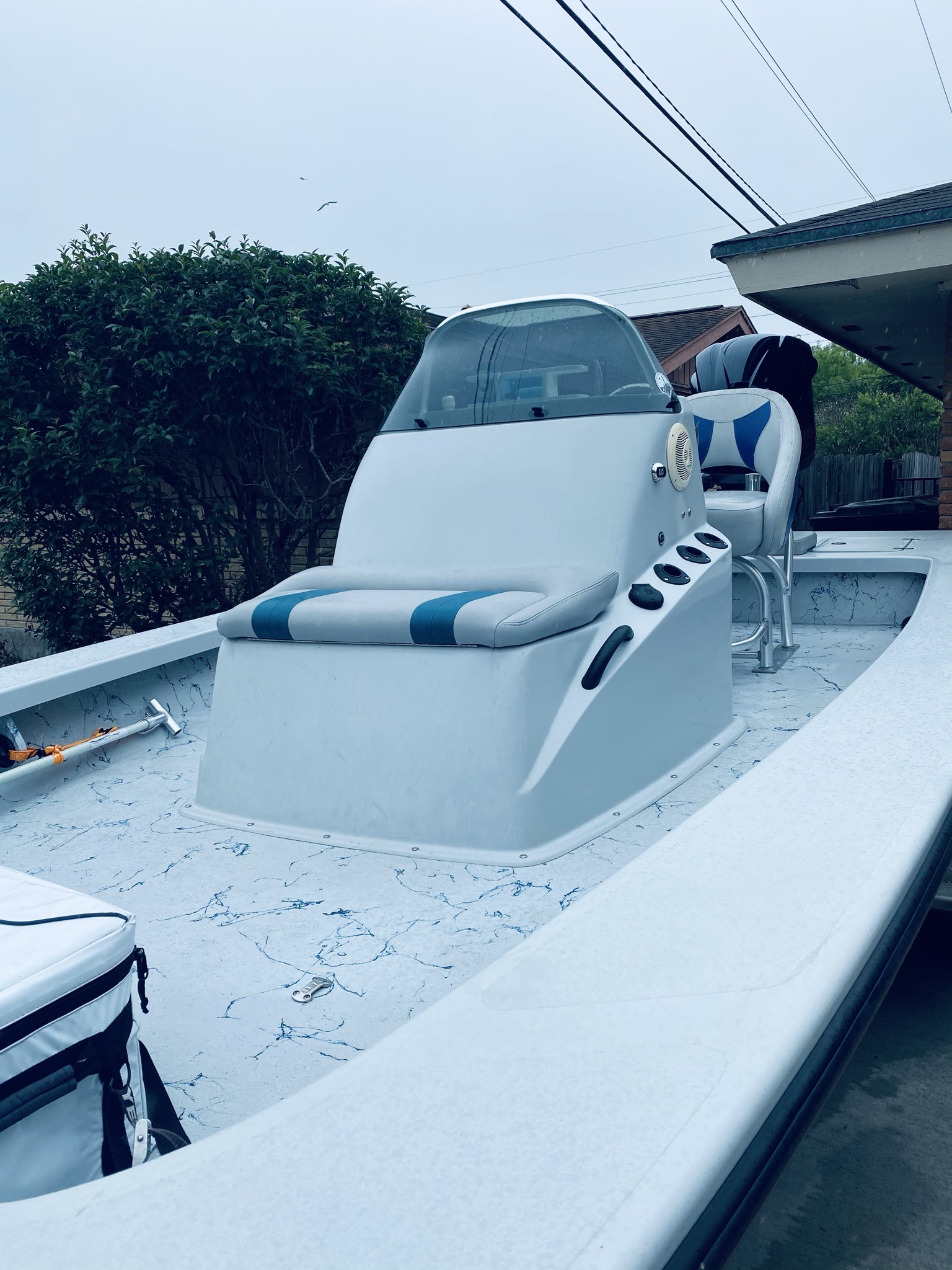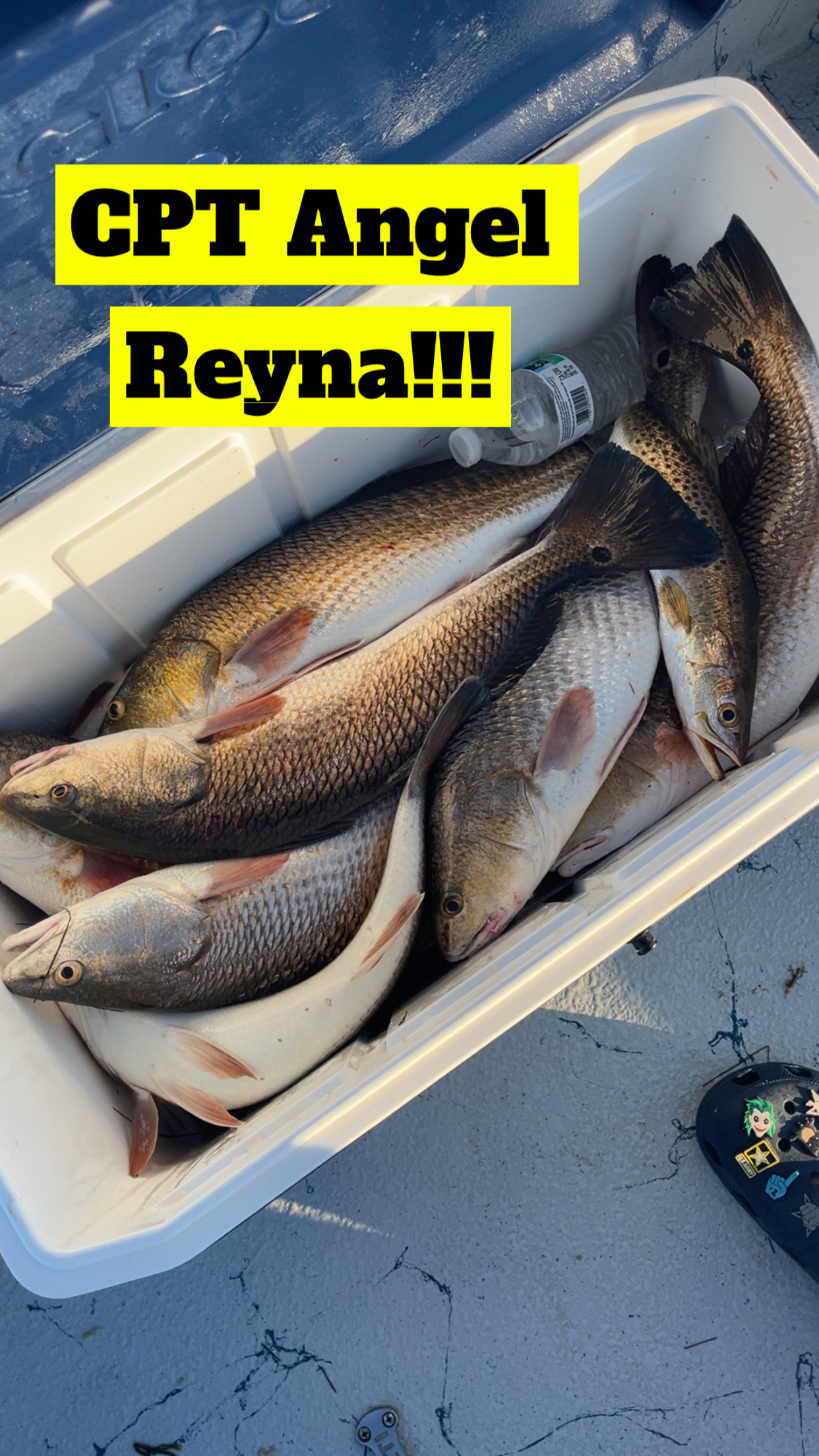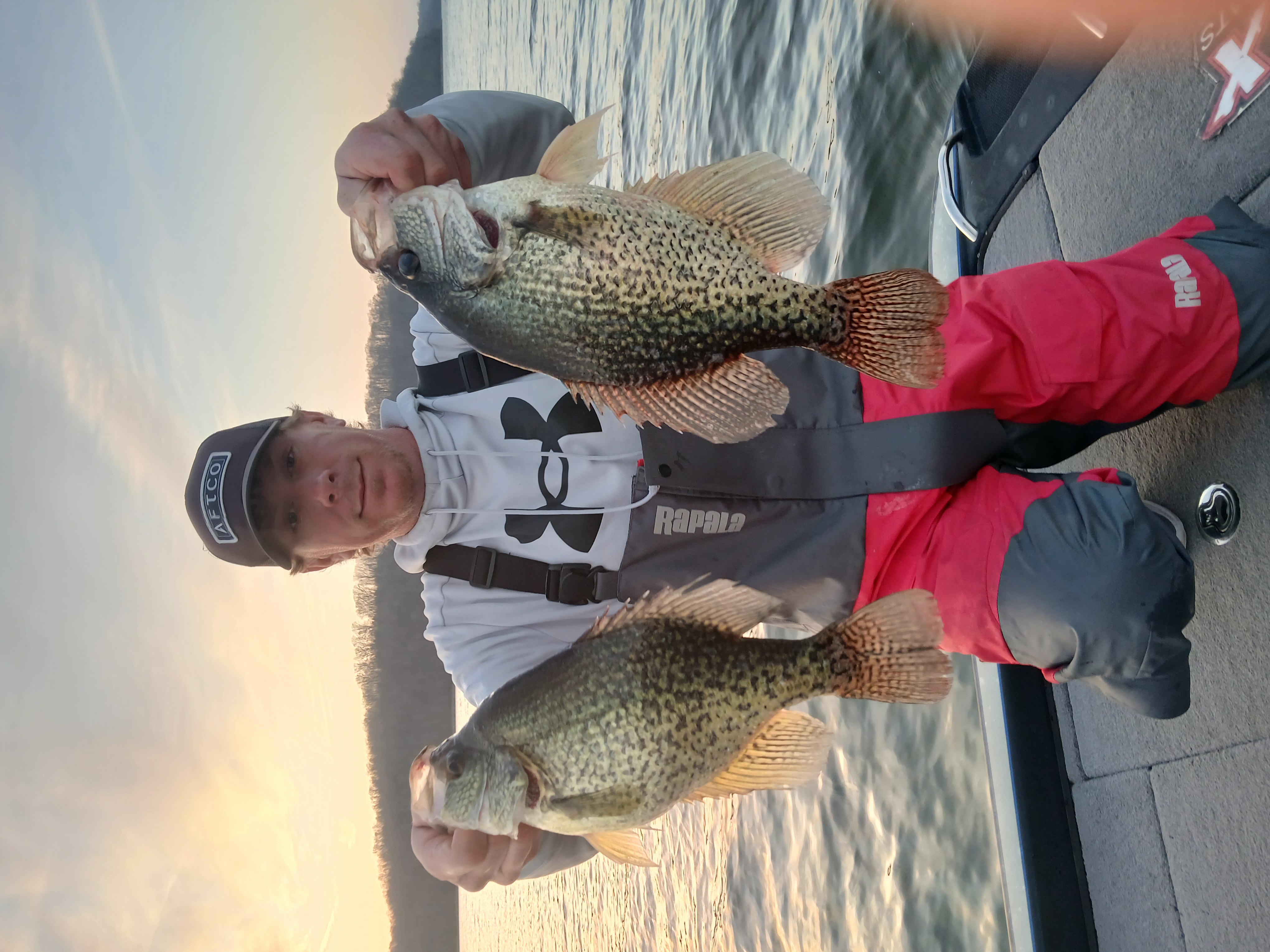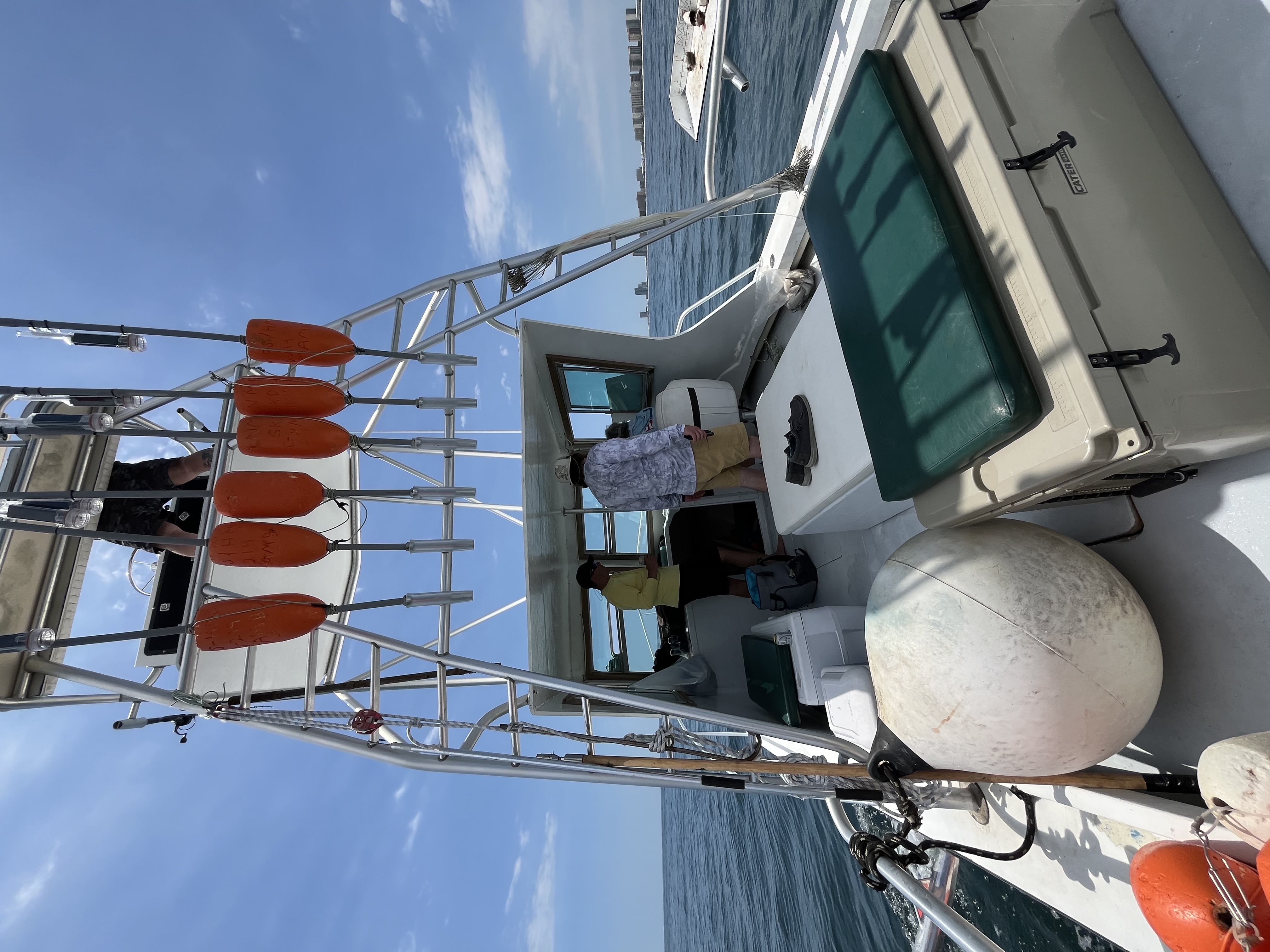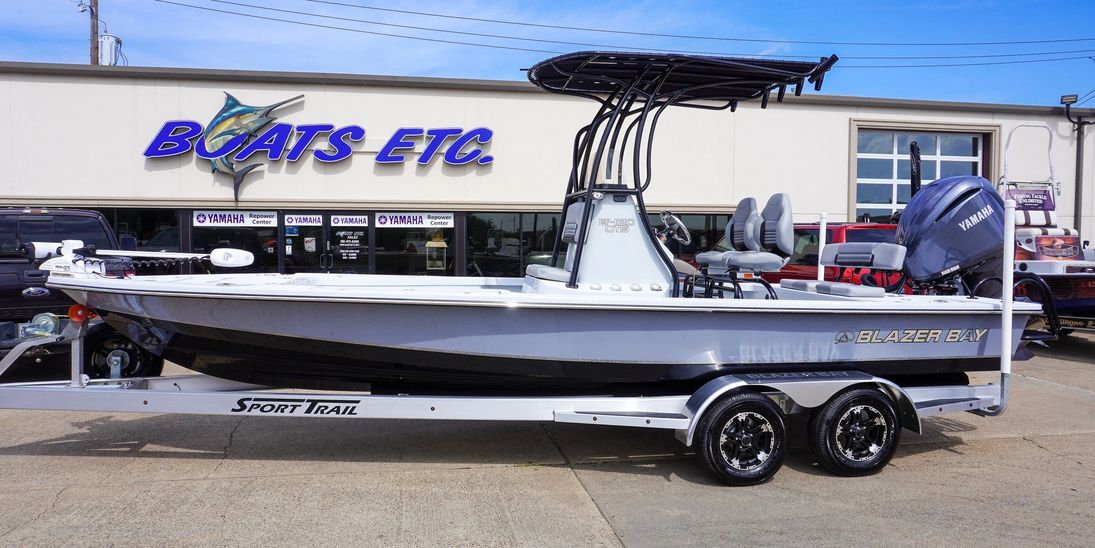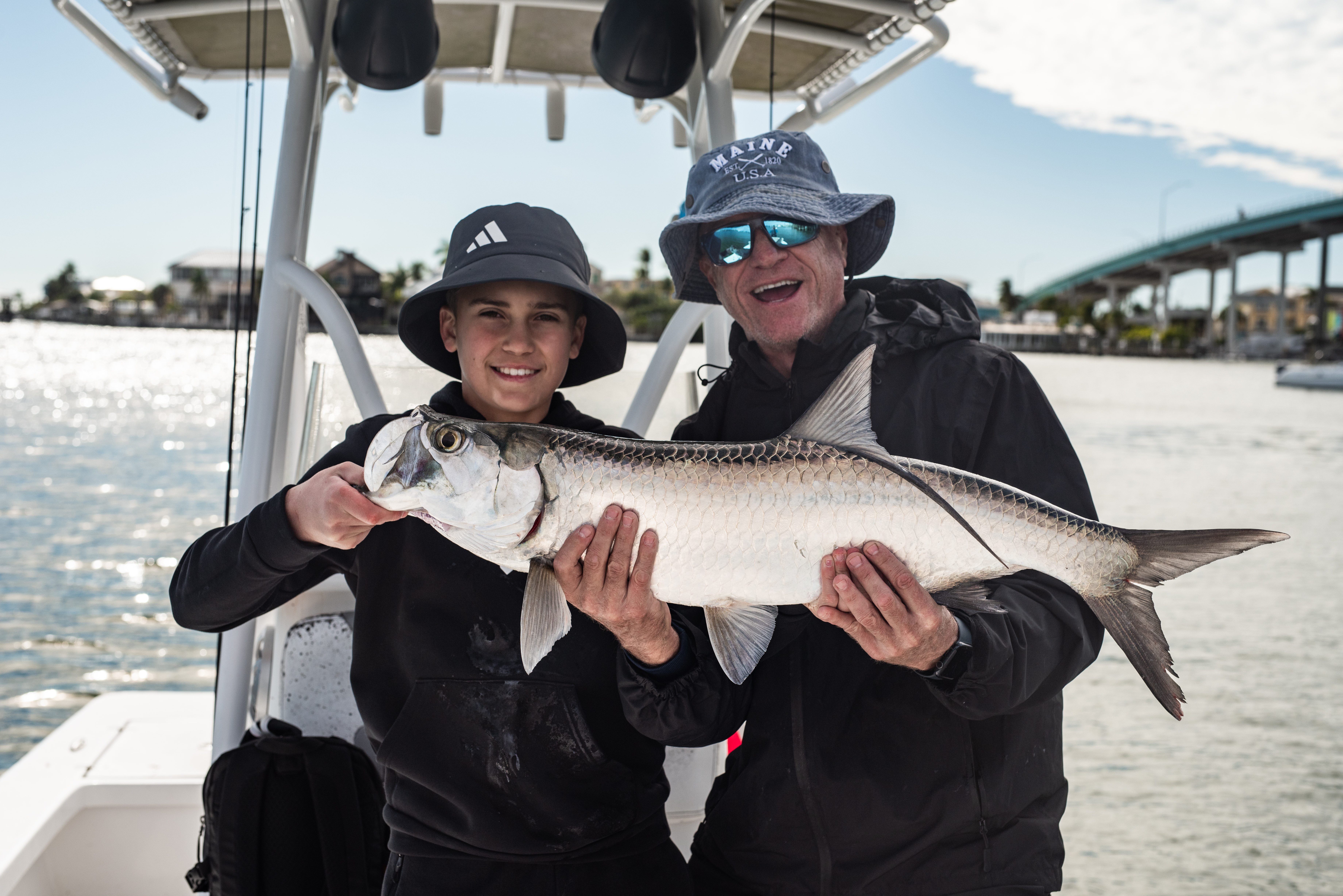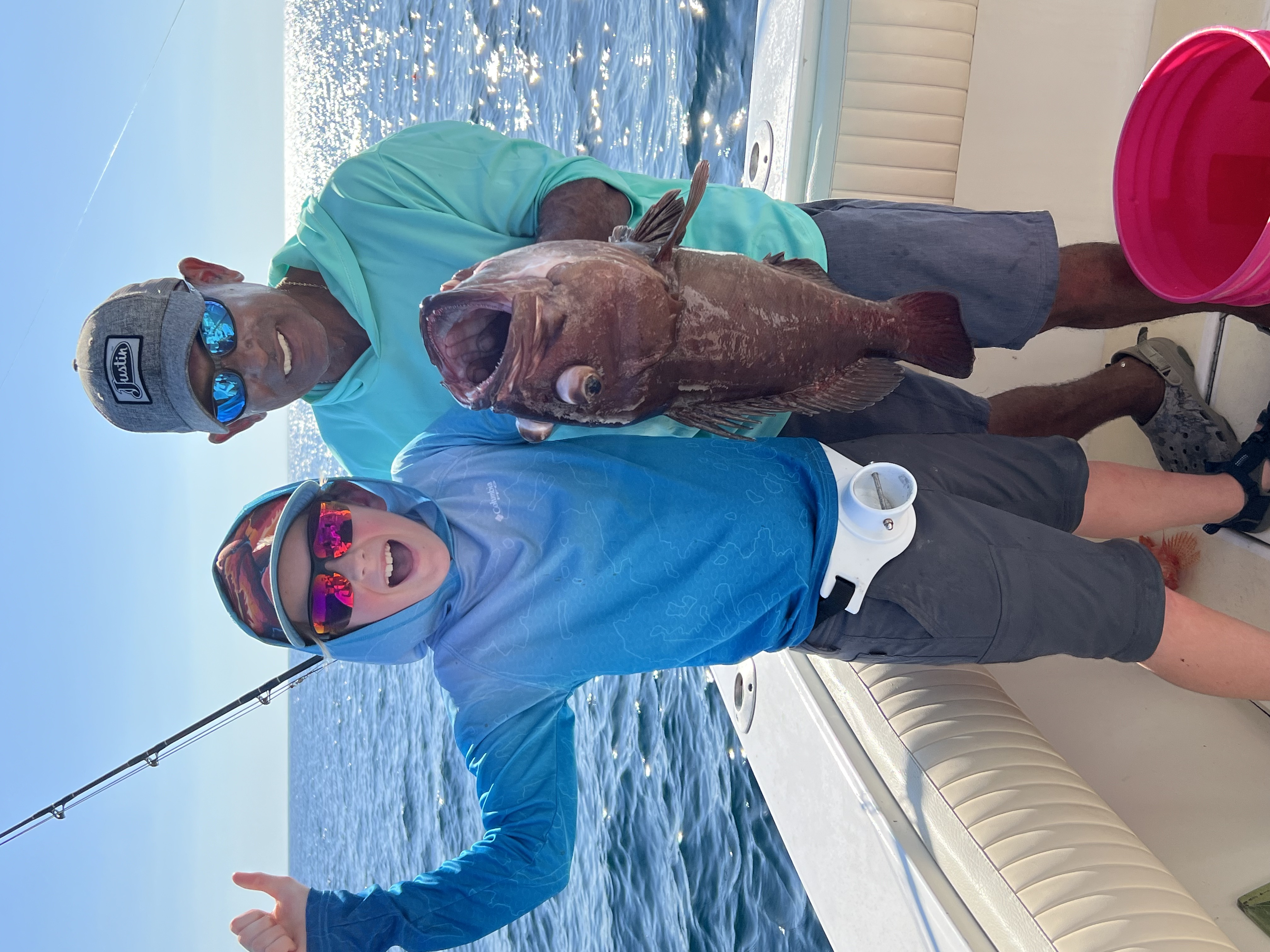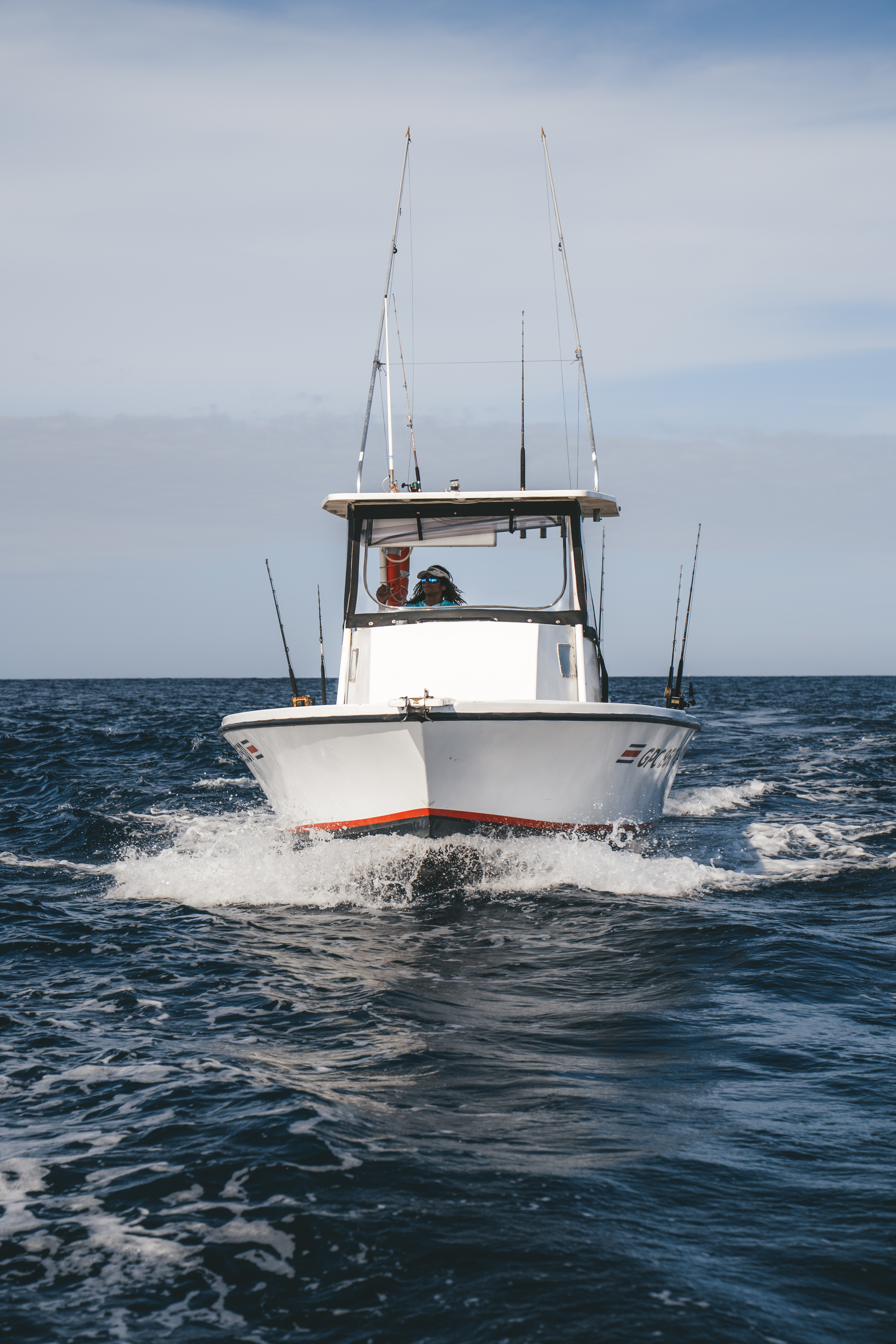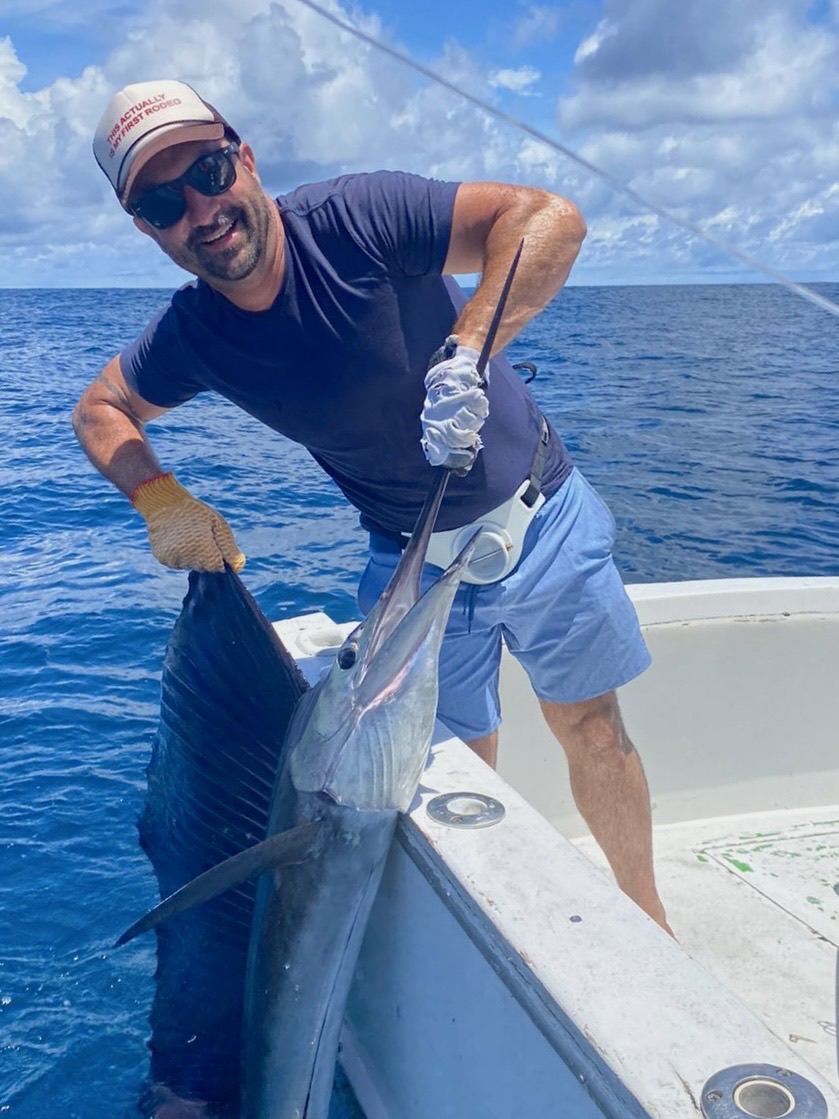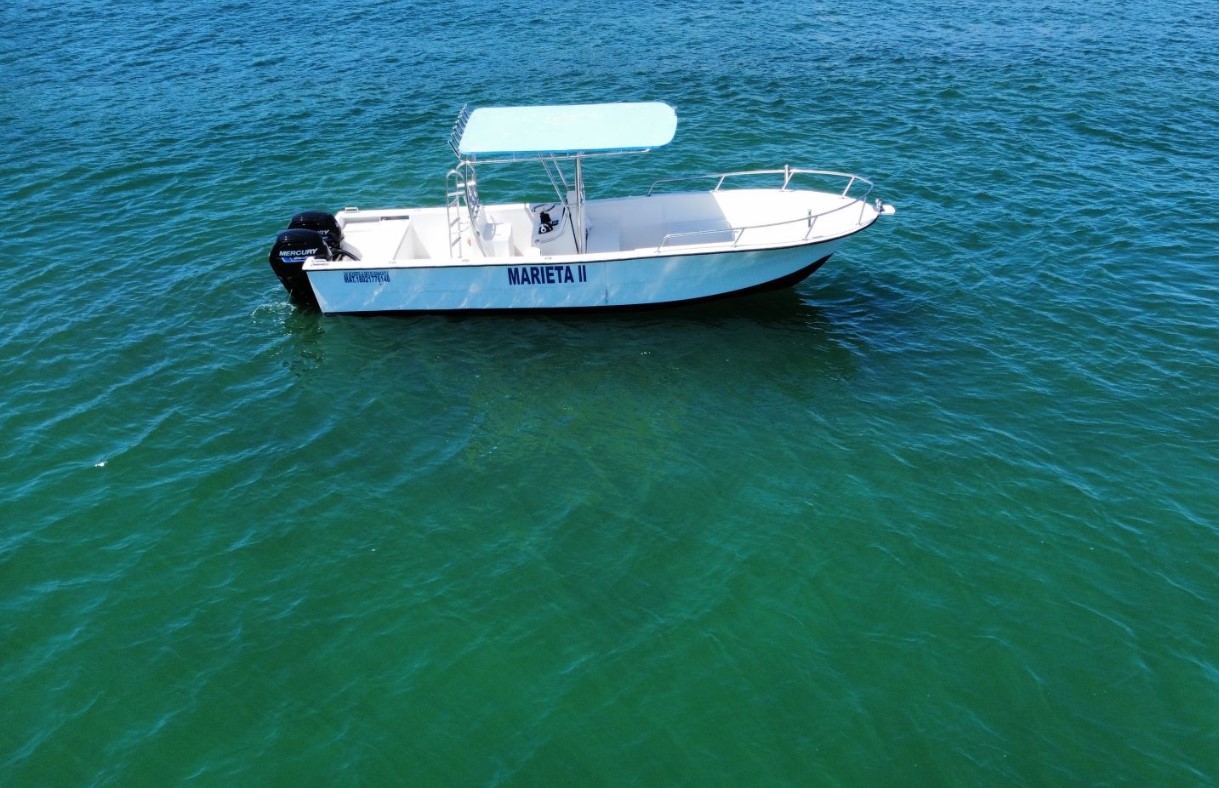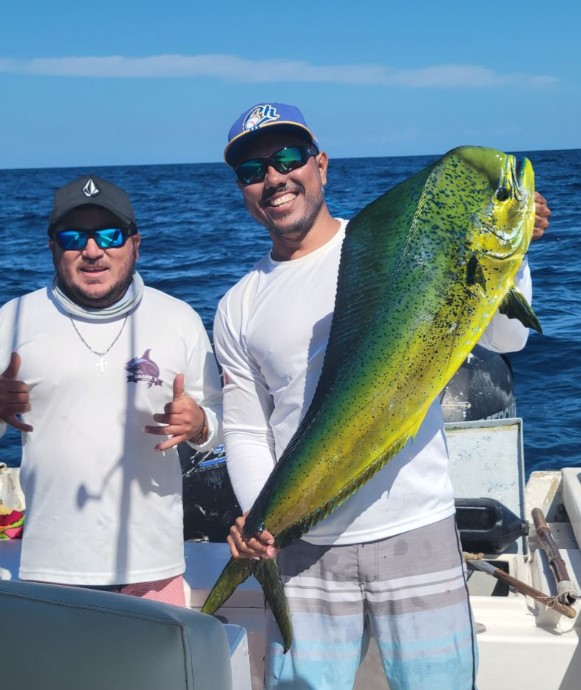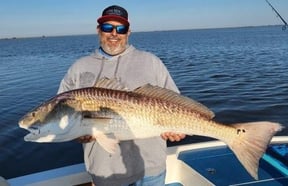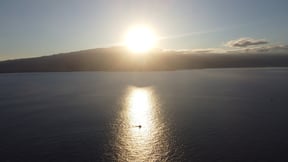Inshore, Lake, Flats in Saint Bernard
Winter Special
Inshore, Nearshore, Flats in Tavernier
Sight Fishing Everglades Natl Park
Miami Peacock (4-8HR)
Lake Ida (4-8HR)
Inshore Fishing in Corpus Christi
Hook, Line & Memories Fishing Trip
Normandy Livescope Crappie Trip
Inshore, Nearshore Fishing in Orange Beach
Spring Break 6 Hour Special Rate
Inshore Fishing Sanibel PineIsland
Inshore, Deep Sea, Nearshore in Tamarindo
27’ Budget-Friendly Fishing
Deep Sea Fishing in Corral del Risco
5-8 Hour Offshore Trip
We started Captain Experiences to make it easy to book fishing and hunting guides around the world. With over 2,000 Damn Good Guides, our platform makes finding and booking a trip seamless. Head here to check out our trips.
Generally, when people think about going on a fishing trip it automatically means waking up early. For many trips that’s the case but not always because anglers who have previously booked trips know that there are afternoon and sometimes night options available as well.
While there are no guarantees in fishing, anglers and guides are always searching for an edge that will help them catch more and bigger fish. Within the fishing community, there are strongly held beliefs about questions like “What’s the best time to go fishing?”. The answers that follow ride a fine line between science and myth. To help you make the most of your time on the water, we will lay out everything you need to know about when the best time is to go fishing.
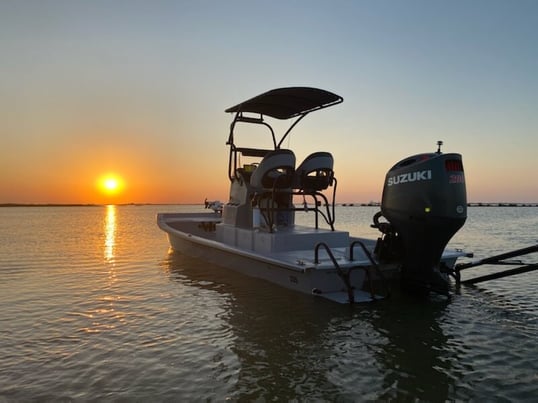
This is the most common time for anglers to head out in search of a bite and it seems only natural but why? Most fish species are sensitive to light because they have a fixed pupil size which doesn’t allow them to adjust for how bright their environment is. The only way for fish to compensate is by heading to deeper water or finding cover. The low sun angle and soft light in the morning provide ideal conditions for fish to find food.
Water and air temperatures drop throughout the night making the morning the coolest time of day. In warmer months when fish retreat to cooler deeper waters, the cooler mornings provide the opportunity to find prey near the surface and in shallow water. During the colder months, this has a negative effect on fish because they are cold-blooded and can’t regulate their body temperature causing them to be lethargic.
Fishing in the morning is ideal for the warmer months when cool temperatures and soft light provide relief from the hot midday sun. This also means that the fish will be trying to feed as much as possible before the light and heat drive them off their hunting grounds.
Afternoon and Evening Fishing
The next most popular time to hit the water is the afternoon into the evening. This is when temperatures start to drop and shadows get long. The light conditions are not as favorable as the morning but long shadows and fading light will bring the fish back toward the surface. Shadows are perfect for fish to hunt in because the light is low and they can stay near the surface.
The afternoon and evening temperature drops are not extreme because the heat is just starting to dissipate. During warmer months this temperature drop may be just enough for fish to come out and start feeding again but not to the same extent as the mornings. For cooler months, the second half of the day provides warmer waters which brings out baitfish and creates a better time to feed.
Overall, afternoon fishing provides the ideal opportunity to catch fish during cold months when warmer waters benefit fish the most. Although the slight temperature drop and fading light of the afternoon can provide a second feeding time in summer and fall, it generally won’t be better than the morning bite.
Night Fishing
Much less popular than the first two, night fishing can be highly effective but only under the right circumstances. Certain species that are more active at night or are scent-oriented are a great reason to head out at night. Sharks and catfish are perfect examples of species to target at night. While you can catch them during the day they are more active at night and find food predominantly by smell. Also, certain types of fishing like gigging flounder are usually done at night because lights are used to find fish.
On the other end of the spectrum, baitfish will seek out lights on the water because the microorganisms they feed on are attracted to the light. This continues up the food chain until you have anglers targeting yellowfin tuna that are feeding on the baitfish schooling near brightly light offshore platforms. While the platforms have excellent fishing during the day as well, the night provides opportunities to fish where there are concentrated numbers of big predatory fish.
Unfortunately, there is no general answer for when night fishing is best but there are specific instances when it is ideal. If the species you are targeting is nocturnal, locates food with scent, or capitalizes on schools of baitfish near light, then night fishing will be a great opportunity to get a bite.
Fishing the Tides
Tides create a lot of change for fish and it makes sense that it impacts their feeding patterns as well. The first thing to be aware of is when the high and low tides are by looking at a tide chart for your area. An outgoing tide means water and therefore prey are being pulled back out to sea from the inshore and inland bodies of water. Conversely, an incoming tide pulls water into the bays and backwaters bringing fish in with it. The rising tide is considered to be the best for fishing, especially for inshore flats and shallow waters.
The best time to fish the tides is an hour before and after a tide change, but it becomes more important to know where to fish during these transitions. While the tide is incoming, target the flats and estuaries where the cool and clear saltwater will be filling the shallows. For an outgoing tide, the fish will pile up near jetties and other outlets where it is easiest to snag food that's getting pulled out to sea.
Fishing During Moon Phases and Weather Events
Looking to the weather and lunar cycle for better fishing days is where the science ends and theories begin. When it comes to fishing warm and cold fronts, there are several common beliefs anglers continue to pass on from one generation to another. These bits of fishing “wisdom” surrounding weather are based on changes in temperature, pressure, and light. While it's true that pressure and light have an impact on how and when fish feed, it's also something fish deal with every day by changing depths. The change in temperature from a front moving through will definitely change your experience on the water, but the fish probably don’t notice. It takes a long time for water temps to change so it’s unlikely that a couple of cooler or warmer days will cause the fish to change behavior.
There have been studies on weather patterns that track movements in bass and to this day there is no evidence that shows any change. Similarly, the moon phases and lunar calendars have believers, but research has shown that this also has no evidence to support it.
What is the Best Time to go Fishing?
It’s nearly impossible to accurately predict if any one day will be the best, but armed with the information we have laid out above you can figure out if the conditions are better or worse. While we hope this information helps you target fish, the best time to go fishing is ultimately any opportunity you have to get on the water and wet a line.
Joey Butrus
Updated on August 3, 2023
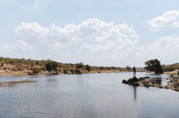
March 8, 2022
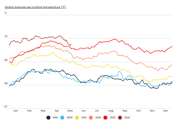
November 15, 2023
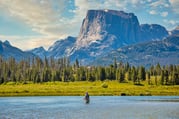
May 13, 2024

October 26, 2020
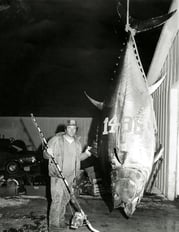
June 3, 2021
Related Articles
November 10, 2022
November 28, 2022
April 26, 2022
Featured Locations
- Fishing Charters Near Me
- Austin Fishing Guides
- Biloxi Fishing Charters
- Bradenton Fishing Charters
- Cabo San Lucas Fishing Charters
- Cancun Fishing Charters
- Cape Coral Fishing Charters
- Charleston Fishing Charters
- Clearwater Fishing Charters
- Corpus Christi Fishing Charters
- Crystal River Fishing Charters
- Dauphin Island Fishing Charters
- Daytona Beach Fishing Charters
- Destin Fishing Charters
- Fort Lauderdale Fishing Charters
- Fort Myers Fishing Charters
- Fort Walton Beach Fishing Charters
- Galveston Fishing Charters
- Gulf Shores Fishing Charters
- Hatteras Fishing Charters
- Hilton Head Fishing Charters
- Islamorada Fishing Charters
- Jacksonville Fishing Charters
- Jupiter Fishing Charters
- Key Largo Fishing Charters
- Key West Fishing Charters
- Kona Fishing Charters
- Lakeside Marblehead Fishing Charters
- Marathon Fishing Charters
- Marco Island Fishing Charters
- Miami Fishing Charters
- Montauk Fishing Charters
- Morehead City Fishing Charters
- Naples Fishing Charters
- New Orleans Fishing Charters
- New Smyrna Beach Fishing Charters
- Ocean City Fishing Charters
- Orange Beach Fishing Charters
- Panama City Beach Fishing Charters
- Pensacola Fishing Charters
- Pompano Beach Fishing Charters
- Port Aransas Fishing Charters
- Port Orange Fishing Charters
- Rockport Fishing Charters
- San Diego Fishing Charters
- San Juan Fishing Charters
- Sarasota Fishing Charters
- South Padre Island Fishing Charters
- St. Augustine Fishing Charters
- St. Petersburg Fishing Charters
- Tampa Fishing Charters
- Tarpon Springs Fishing Charters
- Venice Fishing Charters
- Virginia Beach Fishing Charters
- West Palm Beach Fishing Charters
- Wilmington Fishing Charters
- Wrightsville Beach Fishing Charters
